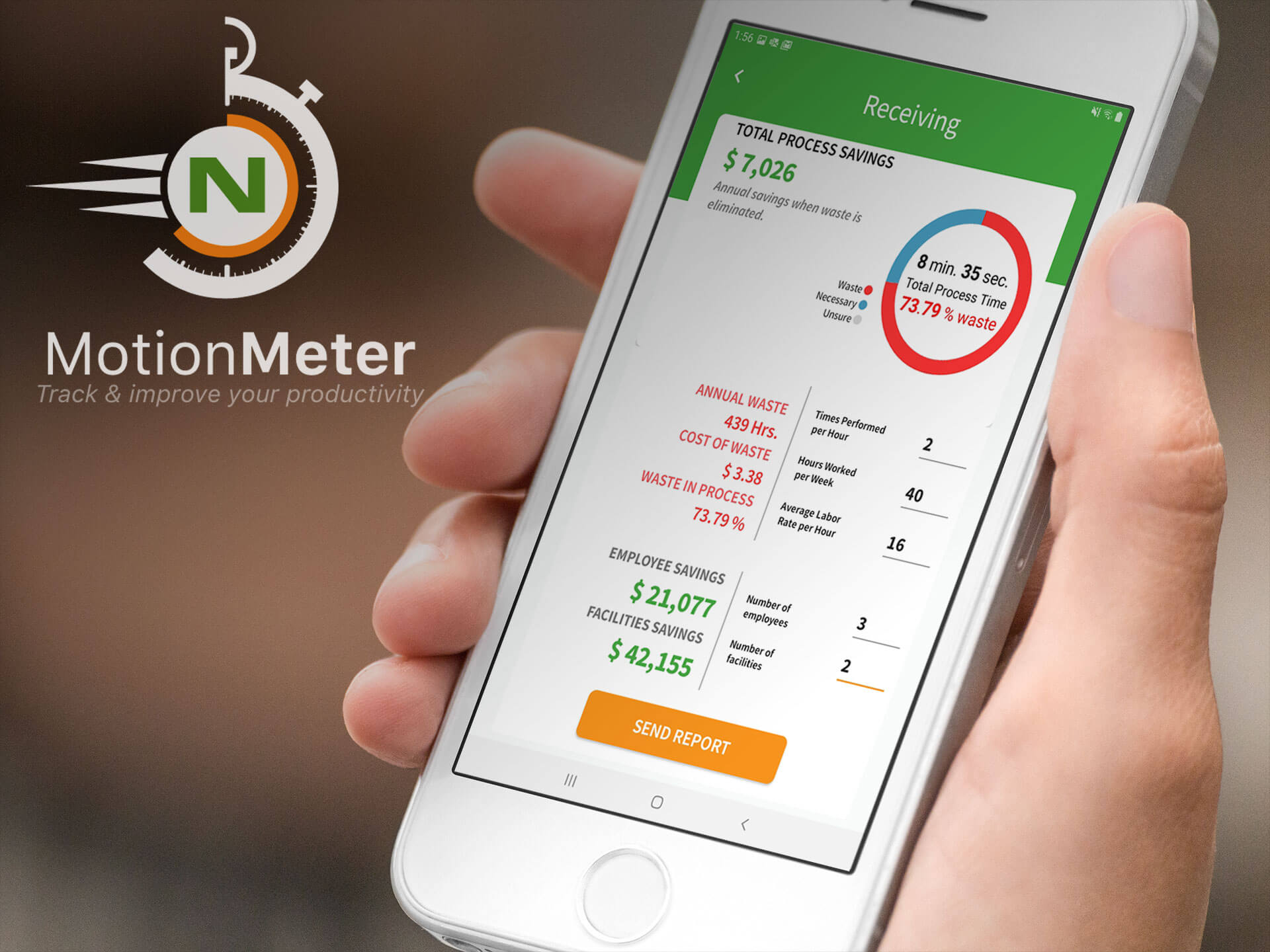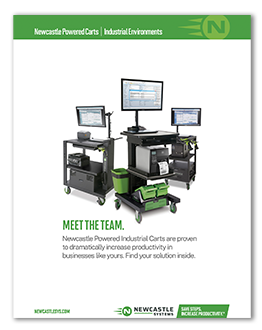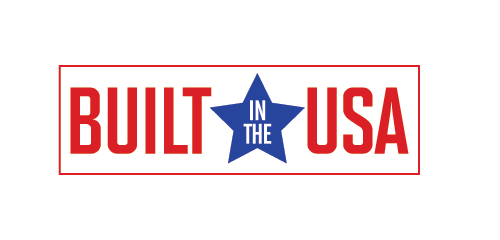
Many businesses consider the delivery of a product to the customer to be the last stage of the fulfillment process or the supply chain. Many don’t consider, however, that reverse logistics often comes into play, which adds another layer of complexity and costs. Here’s what you need to know about the reverse logistics process and how it can impact your company’s profitability.
What is Reverse Logistics?
Reverse logistics refers to managing the processing of products that come back to the warehouse or manufacturer from consumers. Customers might return products for any number of reasons, such as recalls, damaged items, errors in fulfillment, simple returns, or recycling.
The reverse logistics process encompasses the processing of return requests, the collection and transportation of items, inspection and verification, and the processing of returned products. The primary objectives of reverse logistics are to maximize the value of returned products, reduce waste, and continue to provide a positive customer experience.
How Reverse Logistics Impacts Profitability
Efficient reverse logistics is the final phase of a well-oiled supply chain process. When designed and operating properly, reverse logistics will have a profound impact on business profitability in several key ways:
1. Warehouse Efficiency
 Every step of the returns process is essential to reducing costs and protecting your margins. For example, having clear reverse logistics workflows and some automation solutions can reduce the time it takes workers to process returns. Warehouses can also prevent losses related to mishandled or misplaced products by using proper tracking methods.
Every step of the returns process is essential to reducing costs and protecting your margins. For example, having clear reverse logistics workflows and some automation solutions can reduce the time it takes workers to process returns. Warehouses can also prevent losses related to mishandled or misplaced products by using proper tracking methods.
2. Reclaimed Value
Returns might feel like a loss to your business, but that doesn’t have to be the case. An efficiency reverse logistics strategy can help you recapture value from products.
You can recover value by quickly and efficiently evaluating returned items as they come back into the warehouse. Resellable items can be returned to inventory to sell at full or reduced prices. This can also help you avoid buying more inventory if you have turnover of popular items.
3. Sustainability
A reverse logistics strategy that incorporates sustainability initiatives can also save costs. For example, refurbishing or recycling not only reduces waste but also saves money.
Offering refurbished goods can appeal to value-conscious consumers. You can also enhance your brand by recycling and reducing the amount of waste that ends up in landfills. Many consumers are willing to pay more to support sustainable brands.
4. Customer Satisfaction
 Putting your customers' wants and needs first is one of the best ways to foster growth. Studies suggest that it can cost up to seven times more to acquire a new customer than to retain an existing one.
Putting your customers' wants and needs first is one of the best ways to foster growth. Studies suggest that it can cost up to seven times more to acquire a new customer than to retain an existing one.
A smooth returns process builds trust among your customers, encouraging their repeat business. Happy customers are more likely to continue to support your brand and will even recommend it to others.
Best Practices for Cost-Efficient Reverse Logistics
Planning for reverse logistics is a profit strategy for your business. How you handle this overlooked part of the supply chain can make a significant difference in your bottom line results. With a smart reverse logistics strategy, you can reduce waste, cut costs, retain customers, and even recover value from returned items. Here are some best practices you can implement for a cost-efficient reverse logistics strategy:
1. Evaluate Return Policies
One of the best ways to optimize your reverse logistics is to evaluate your return and exchange policies to ensure they are clear and cost-effective. Outline the conditions under which an item can be returned and who will cover the shipping costs. Roughly half (49%) of online retailers offer free shipping for product returns, which may make your business more competitive in certain markets.
2. Establish a Centralized Returns Handling Location
Having a designated space in your warehouse for returns can improve efficiency and reduce costs associated with further product damage, delays, or missing returns. This returns handling locations should have a sorting hub so workers can determine how best to handle returns. Will they be placed back on the shelves for resale, discounted as used or damaged, recycled, discarded, or something else?
3. Automate Your Returns and Materials Handling
By automating part of your reverse logistics processes, you can achieve a variety of benefits that impact your profitability. Automation can streamline these processes, allowing you to use less human labor. For example, automated sorting systems enable your business to reduce errors and recapture value from products faster.
4. Create Real-Time Tracking for Logistics
 You should not only have real-time tracking for returns, but also every aspect of your supply chain. In fact, a percentage of products are returned by customers simply because they aren’t delivered on time. By combining RFID tags with other technology solutions, you gain insight into every movement of products and materials, enabling you to speed up delivery times and avoid costly delays.
You should not only have real-time tracking for returns, but also every aspect of your supply chain. In fact, a percentage of products are returned by customers simply because they aren’t delivered on time. By combining RFID tags with other technology solutions, you gain insight into every movement of products and materials, enabling you to speed up delivery times and avoid costly delays.
5. Collect and Analyze Returns Data
Collect as much data as possible on why products are returned so you can identify trends and address any issues impacting profitability. For example, some products may be returned more than others due to poor product descriptions or manufacturing defects. Are customers ordering multiple sizes of items and returning one to take advantage of free returns?
How you approach reverse logistics can have a profound impact on your profitability. An optimized process can extract more value from returned items, improve the customer experience, and protect your existing profit margins. Fortunately, you can use a variety of strategies, such as implementing technology solutions and using mobile powered carts, to improve visibility and create a well-oiled returns machine.












